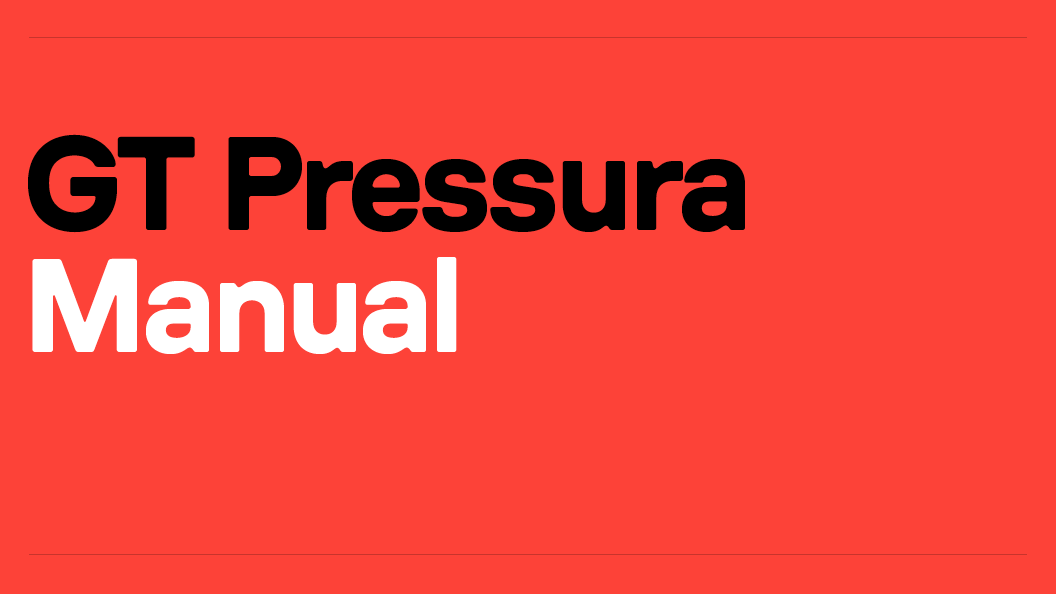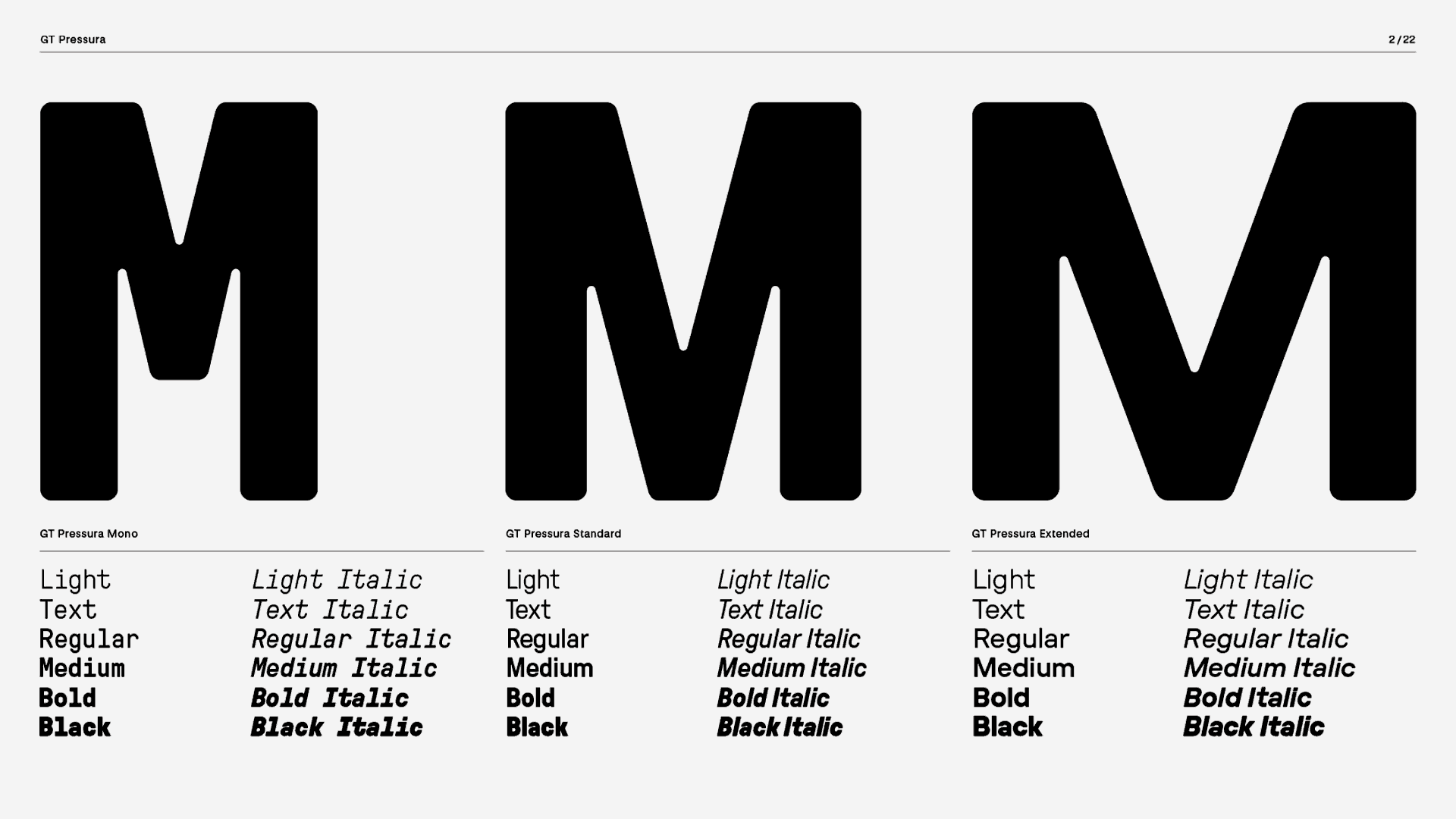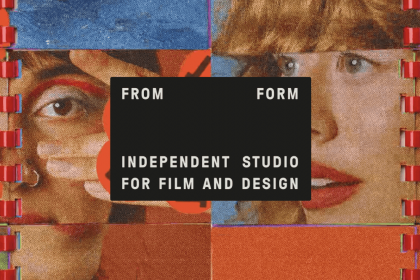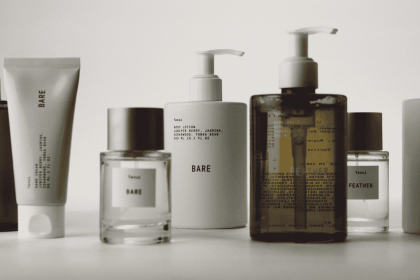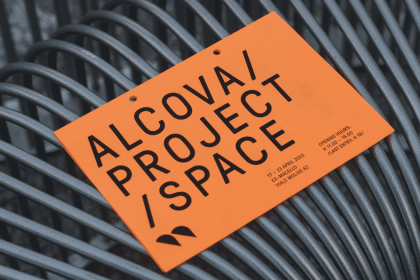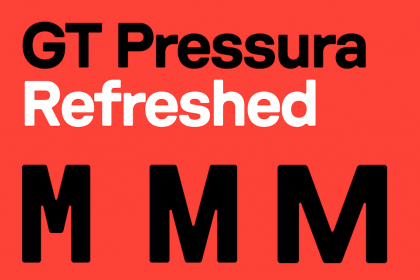GT Pressura
Family overview
- Standard
- Light Italic
- Text Italic
- Regular Italic
- Medium Italic
- Bold Italic
- Black Italic
- Mono
- Light Italic
- Text Italic
- Regular Italic
- Medium Italic
- Bold Italic
- Black Italic
- Extended
- Light Italic
- Text Italic
- Regular Italic
- Medium Italic
- Bold Italic
- Black Italic
Subfamilies
- Standard LightThe common heights are 8 feet 6 inches (2.6 m) and 9 feet 6 inches (2.9 m) – the latter are known as High Cube or Hi-Cube containers. Just like cardboard boxes and pallets, these
- Standard Light ItalicThese are the days it never rains but it pours
- Standard Textin 1933, and a second one in 1935, primarily for transport between European countries. American containers at this
- Standard Text ItalicPressure pushing down on me
- Standard RegularUnited States Postal Service 475 L’Enfant Plaza SW, 20260-0004 Washington, D.C., US
- Standard Regular ItalicTrailers used in LTL can range from 28 to 53 ft (8.53 to 16.15 m). The standard for city deliveries is usually 48 ft (14.63 m). In tight and residential environments the 28 ft (8.53 m) trailer is used the most.
- Standard MediumEarly versions of standardized containers were used in Europe
- Standard Medium ItalicChipping around - kick my brains around the floor
- Standard BoldBased on the Transporter, the size and capacity of the Conex were about the same, but the system was made modular, by the addition of a smaller, half-size unit of 6 ft 3 in (1.91 m) long, 4 ft 3 in (1.30 m) wide and 6 ft 10 1⁄2 in (2.10 m) high.
- Standard Bold ItalicIn 1948 the U.S. Army Transportation Corps developed the "Transporter", a rigid, corrugated steel container, able to carry 9,000 pounds (4,100 kg).
- Standard BlackConstruction of these containers had a steel frame with wooden walls, floor, roof and doors. The first international standard for containers was established by the Bureau International
- Standard Black ItalicTurned away from it all like a blind man
- Settings
Typeface information
GT Pressura is inspired by metal type printing history as well as engineered letters stamped onto shipping boxes. It uses the visual gesture of ink spreading under pressure as a stylistic device, offering an alternative to more spindly typefaces of the digital age.
Typeface features
OpenType features enable smart typography. You can use these features in most Desktop applications, on the web, and in your mobile apps. Each typeface contains different features. Below are the most important features included in GT Pressura’s fonts:
- TNUM
- Tabular Figures
13.07.2048
- SS01
- Alternate a
React
- CASE
- Case sensitive forms
¿TE GUSTA?
Typeface Minisite
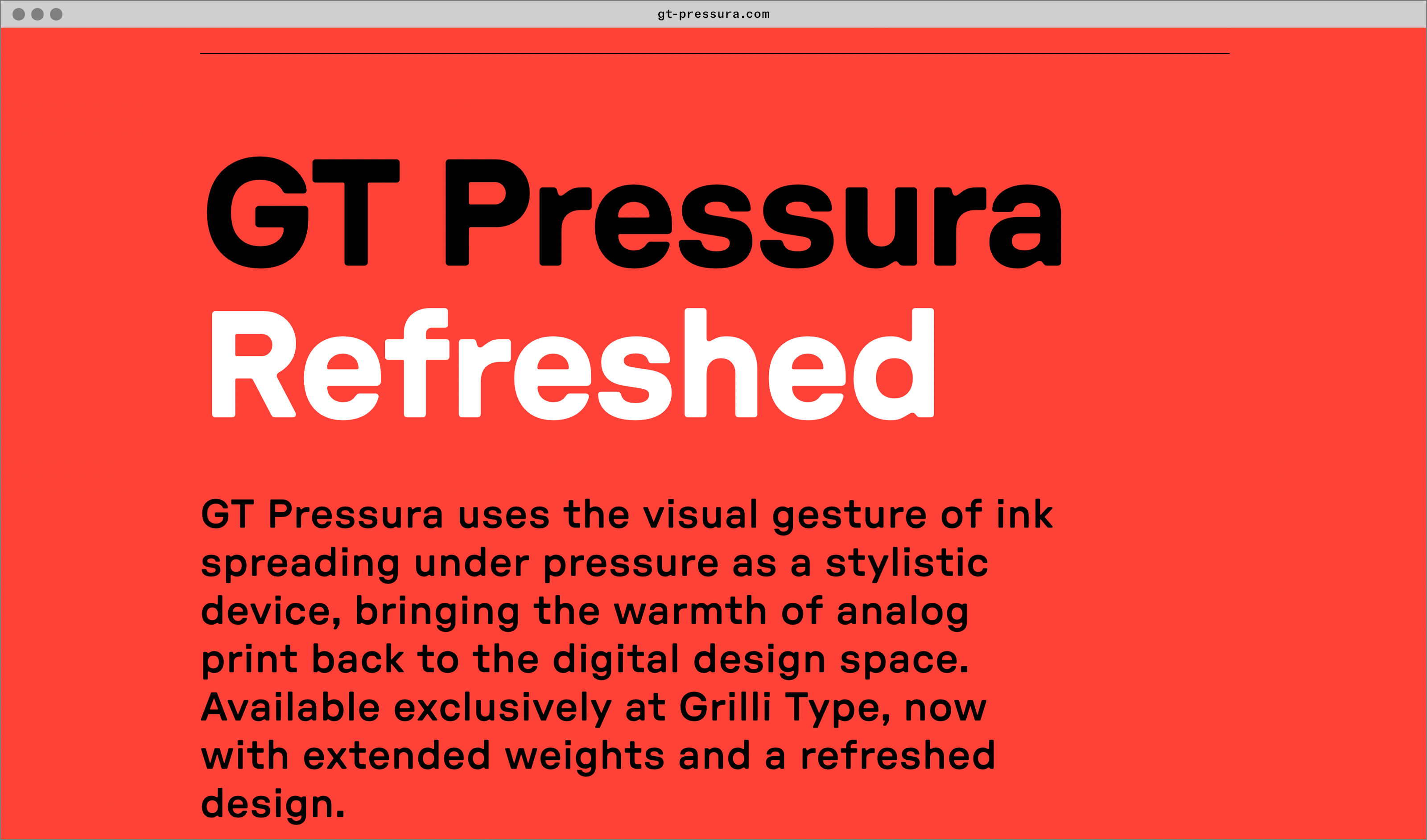
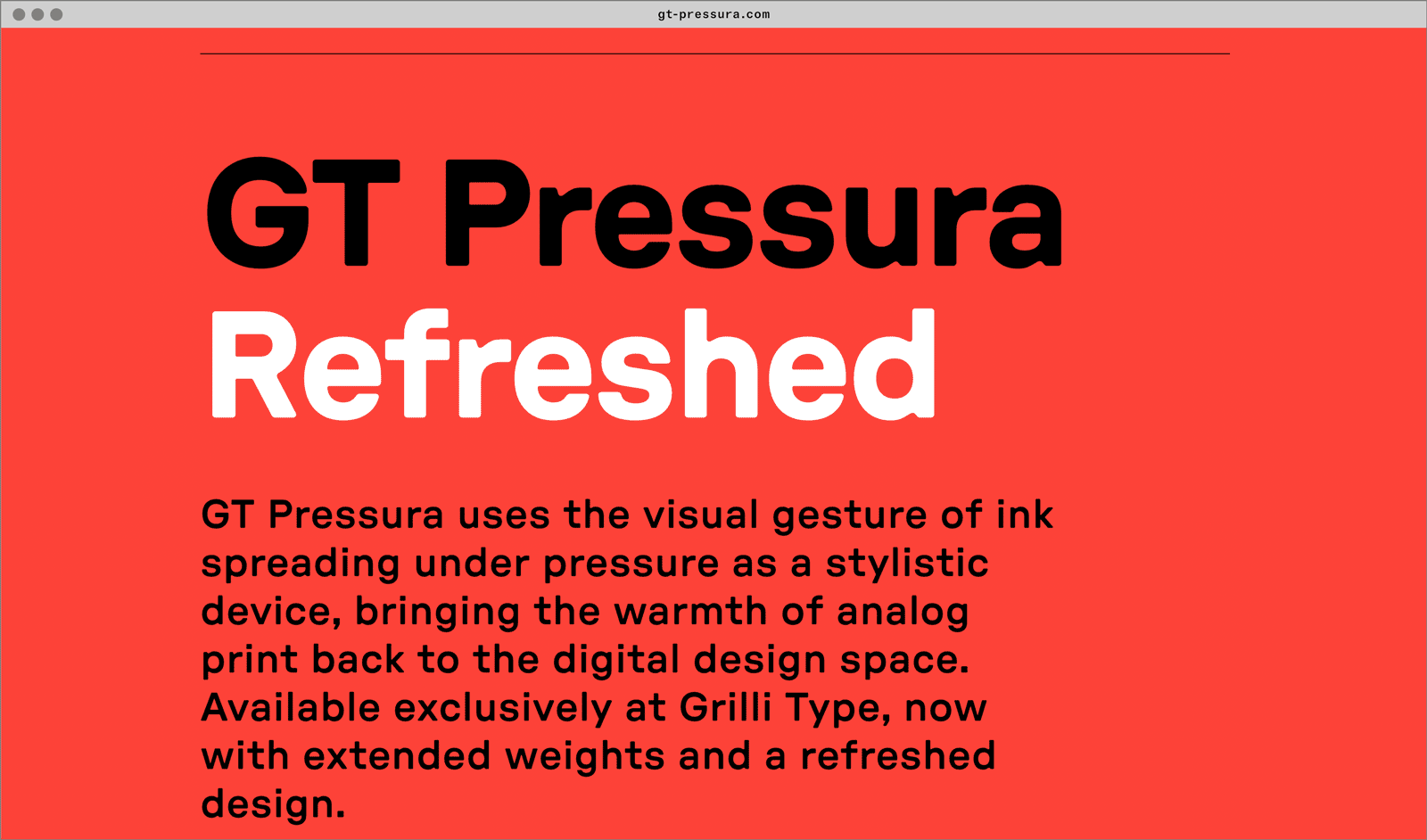
- Visit the GT Pressura minisite to discover more about the typeface family’s history and design concept.
GT Pressura in use
